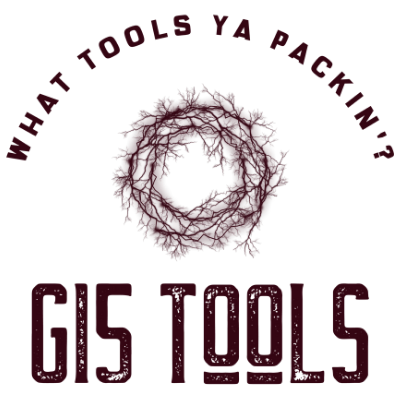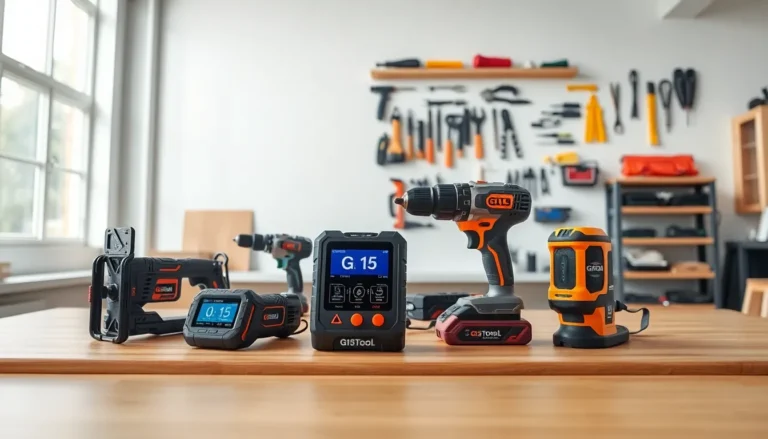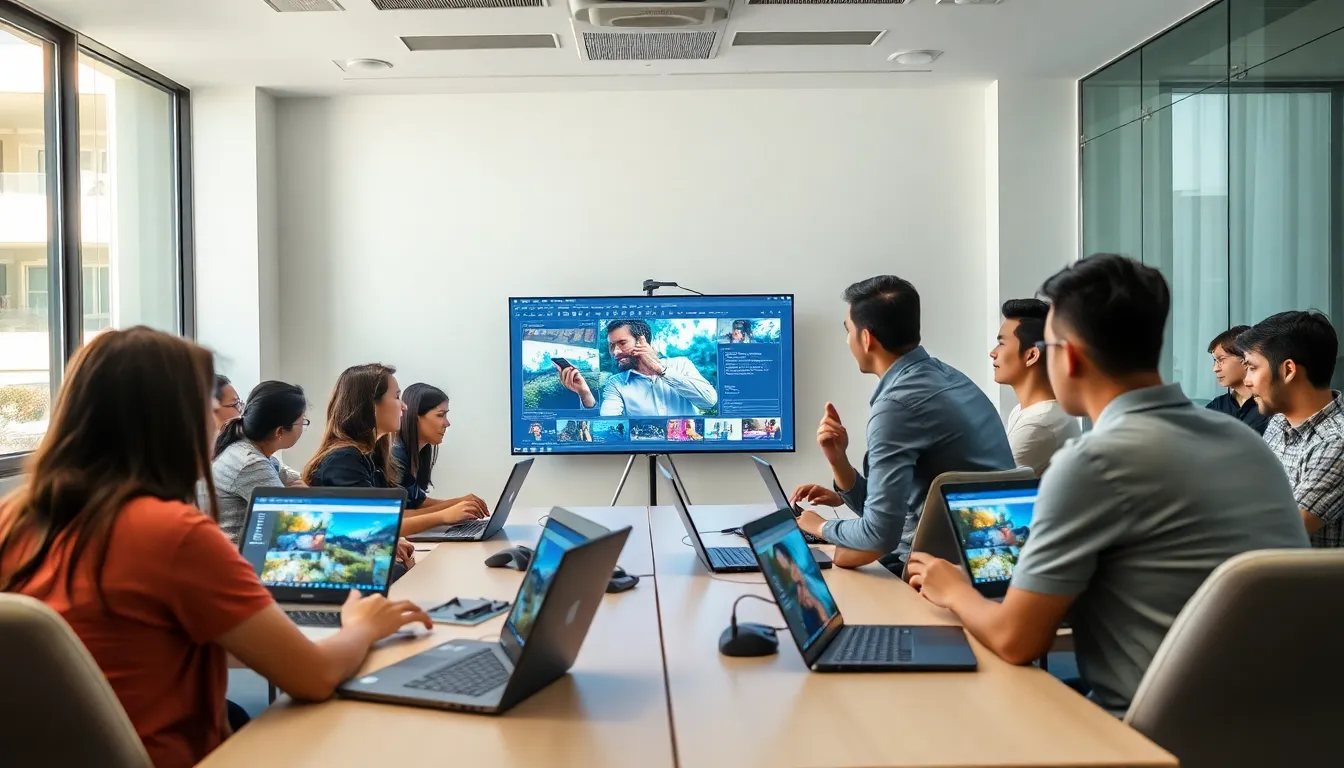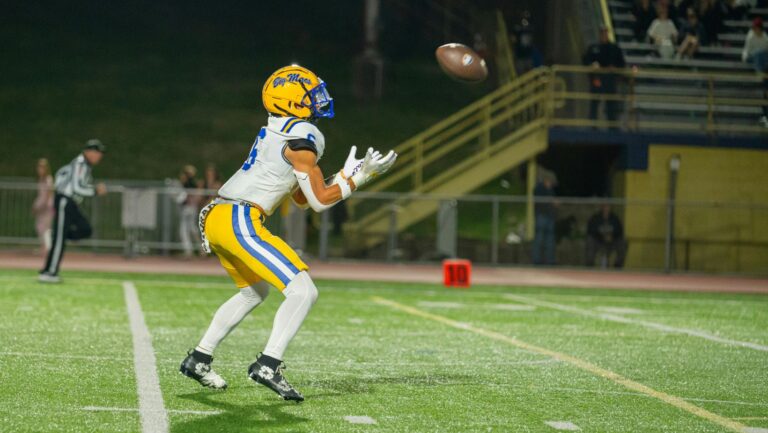Placement games punish sloppy setups. A driver that decided to update mid-match, a mic that cuts out under load, a crosshair you haven’t touched since last year – each one shaves win chances in ways you feel but can’t name. Treat the pre-season like a pit stop: stabilise frames, lower input delay, clean your audio chain, and step into placements with a machine that behaves the same every round.
What follows is a practical pass you can run in an evening. It’s specific, repeatable, and tuned for PC players who care about frames, aim feel, and comms clarity more than flashy overlays.
Lock in Steady FPS Before You Touch Aim
Start with the thing everything else rides on: frame pacing. Average FPS is nice; stable FPS wins fights because your mouse feels the same when the lobby is quiet and when smokes, particles, and five ultimates overlap.
Cap the game to what your system can always sustain in heavy scenes. If your monitor is 144 Hz and you average 220 but drop to 150 in action, try a 190–200 cap with Reflex/Anti-Lag on (see below). It gives the GPU headroom to render without choking the CPU. In engines with Low-Latency + Boost (NVIDIA) or Anti-Lag+ (AMD), enable it and prefer the in-game limiter over external tools; it aligns the render queue with game logic and usually cuts a few milliseconds of input delay.
If you’re planning a fresh climb and want everything ready for day one – or even considering a short placement boost to seed your MMR – do this stability pass first. A clean, predictable frame-time graph stops aim feel from changing between scrims and ranked.
Turn off heavy post-processing you won’t miss in combat: motion blur, film grain, depth of field, and chromatic aberration. Lower shadows to medium (many games keep player shadows at that tier) and keep texture resolution where VRAM usage stays under 80% during matches. If the engine supports FSR/XeSS/DLSS, pick a mode that holds native-like edges on enemies (often “Quality”). Test by firing in a smoke-heavy fight; if outlines smear, step up a notch.
Cut Input Delay at the Source
Input delay comes from three places: device chain, render queue, and display path.
Device chain. Plug mouse and keyboard into motherboard ports, not a crowded front panel or an unpowered hub. In vendor software, disable angle snapping, smoothing, and built-in acceleration. Set the mouse to a native DPI step (e.g., 800/1600 on most sensors) and a sane polling rate. Many rigs feel best at 1000 Hz; 2000–8000 Hz can help in some titles but may increase CPU overhead on older systems – verify in a test range with frametime graphs visible.
Render queue. In the NVIDIA Control Panel, set Low Latency Mode to On (or Ultra if the game limiter is unreliable). On AMD, enable Anti-Lag (or Anti-Lag+ where supported). In-game, prefer borderless fullscreen only if exclusive fullscreen misbehaves; exclusive usually delivers a tighter path.
Display path. If your monitor supports a back-light strobe (ULMB/ELMB), test it after FPS is solid. Strobing can cut motion blur but adds brightness trade-offs and sometimes micro-stutter if the frame cap isn’t tight. Adaptive sync (G-SYNC/FreeSync) pairs well with a cap a few frames below max refresh; aim for refresh-3 FPS to avoid the VRR ceiling.
Network: Make Your Lane Predictable
Placements magnify every spike. Use Ethernet where possible; if you must use Wi-Fi, force the 5 GHz band, park the PC line-of-sight to the router, and move chatty devices (downloads/streams) to 2.4 GHz. In your router, enable QoS to favour game traffic or your PC’s MAC address. Power-cycle modems/routers that have been up for months; old firmware leaks performance.
Run a quick baseline: idle ping and jitter to your game’s closest region using the built-in net graph or a CLI tool. You want stable jitter under ~5–10 ms during normal household use. If Discord or stream uploads are on, cap their upstream; bufferbloat during team fights feels like input lag you can’t “fix” with mouse settings.
Crosshair, Sensitivity, and FOV: Set Once, then Stop Tinkering
Pick a sensitivity you can defend with numbers. Convert your main to eDPI (DPI × in-game sens) and measure cm/360 on a pad with a ruler. If you’ve been away, start with your last known good eDPI. Most wrist-aimers live around 25–35 cm/360; arm-aimers around 40–55. The target isn’t a magic number – it’s consistency across sessions.
Crosshair should be visible on all maps and effects. Prefer a simple static or minimal dynamic style with clear contrast against both skyboxes and dark corners. Avoid colours that disappear in common environments (pure white on snow, pure red on damage overlays). Take five minutes in a custom map: place the crosshair on head-height corners at 10, 15, and 20 m; if it blends, adjust thickness or outline until it holds.
FOV is game-locked in some titles; if adjustable, pick an angle you can hold target sizes with. Higher FOV helps awareness but shrinks heads; many settle in the 100–106 horizontal range on 16:9. Change it once and recalibrate sensitivity, then leave it alone for the whole placement set.
Audio Cues: Aim with Your Ears, Not Just Your Hand
Directional audio wins, rotates and 1vX. Use stereo unless the title implements HRTF well; fake surround often muddies footstep elevation. Disable enhancements in Windows (Spatial Sound Off, Exclusive Mode On for your game if it helps). In your mix, drop music to ~10%, crank dialogue/callouts, and trim effects only if they clip. Test in a custom lobby: walk, jump, reload, and swap floors to ensure front/back and vertical cues are unambiguous through your headset.
Mic chain should be boring and clear. Set input gain so your loudest callouts don’t clip; aim for -6 to -3 dB peaks. Turn off aggressive noise gates that cut words. In Discord/VOIP, prefer push-to-talk or a light gate plus automatic echo cancel. Keep sample rate consistent (48 kHz across Windows and apps) to dodge resample glitches.
Warm-up that Respects Hands and Eyes
Ten minutes is enough. Do 3–4 minutes of smooth tracking on large targets, 3 minutes of micro-corrections on small heads at random distances, then 2–3 minutes of counter-strafe drills or peeking with a bot. Stop while you still feel fresh. The goal is to remind your nervous system how your settings feel at match speed – not to chase scores in an aim trainer until fatigue sets in.
Between placement games, take a short reset: stand, breathe out, shake hands, sip water, and write one note about the last loss (“late utility,” “over-swing B stairs,” “talk earlier on A retake”). A single sentence guides the next round better than a tilt-fuelled speech.
Closing Notes
Placements reward repeatable behaviour. Lock frames so aim never changes, trim input delay along the whole path, keep the network tame, set crosshair and sens once, and give your ears a clean mix. Run the checklist the night before, warm up for ten, and treat each match like a test of the system you built. When the machine is predictable, your decisions show – and the rank follows.





